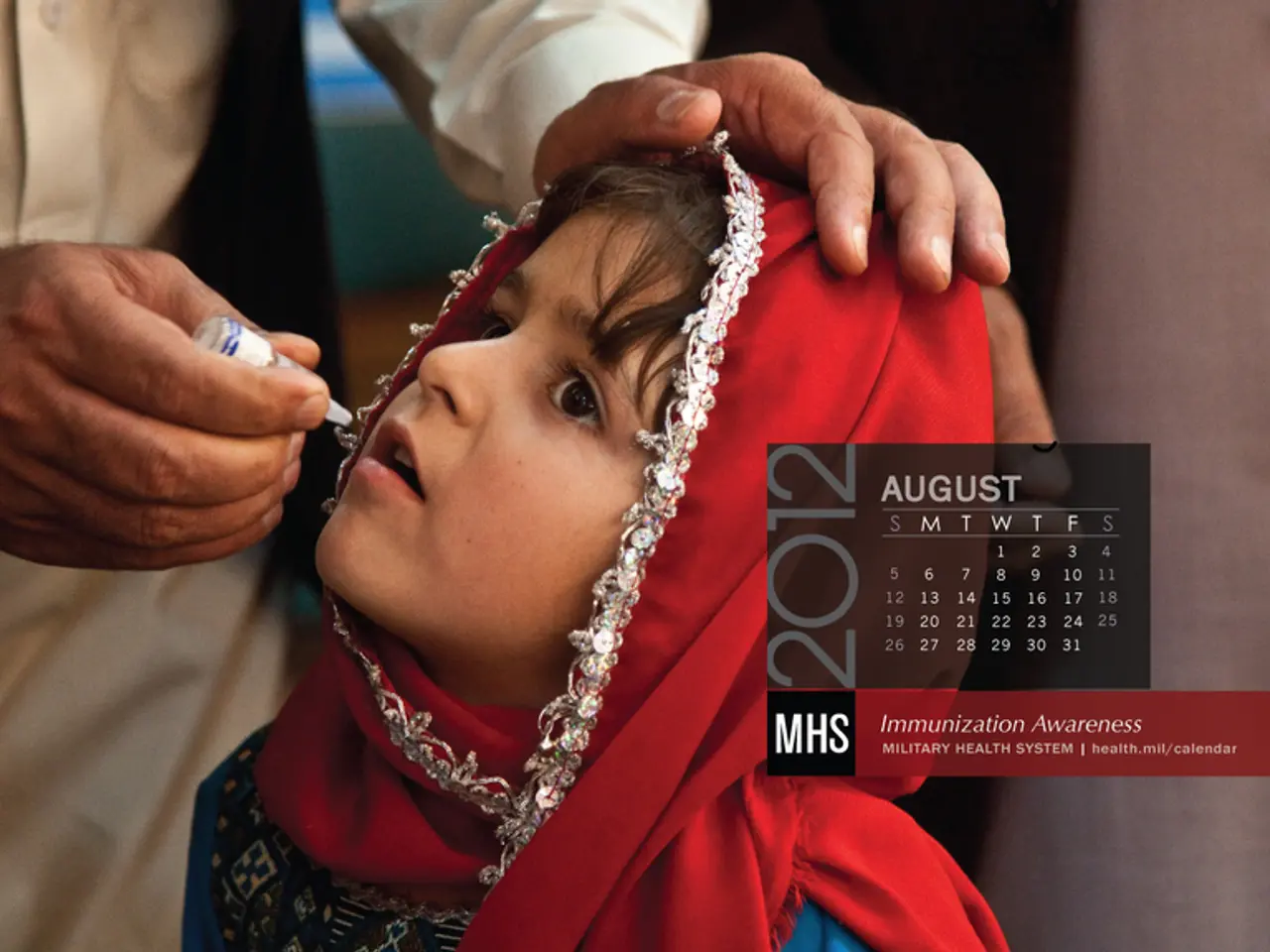Polio Resurgence Threatens Global Eradication Efforts
Polio, a highly contagious viral disease that can cause permanent paralysis, is still a threat in some parts of the world despite significant progress in eradication efforts. The polio vaccine, developed in 1953, has been crucial in reducing its spread, with many regions now certified polio-free. However, recent cases in Afghanistan, Pakistan, and several African countries have raised concerns about the ongoing battle against this debilitating disease.
Polio is particularly dangerous for children under five, who are most vulnerable to contracting the virus. Fortunately, 95 to 99 percent of people infected show no symptoms. However, about 1 in 200 infections leads to permanent paralysis, and a small percentage can develop into paralytic polio, which can be fatal. Even after recovery, post-polio syndrome can affect survivors 15 to 40 years later, impacting 25 to 50 percent of cases.
The Americas, Europe, Western Pacific, and Southeast Asia have successfully eliminated polio. However, the virus persists in Afghanistan, Pakistan, and Nigeria. In 2025, wild poliovirus type 1 (WPV1) cases have been reported in Afghanistan and Pakistan, indicating an upward trend. Additionally, circulating vaccine-derived polioviruses (cVDPV) have occurred in Guinea, Democratic Republic of Congo, Mozambique, and French Guiana, highlighting the need for continued vigilance and vaccination efforts.
Eliminating polio globally is not only a health imperative but also an economic one, with potential savings of at least $40-50 billion over the next two decades. Despite significant strides, the recent resurgence in cases underscores the importance of maintaining strong vaccination programs and international cooperation to finally eradicate this devastating disease.





